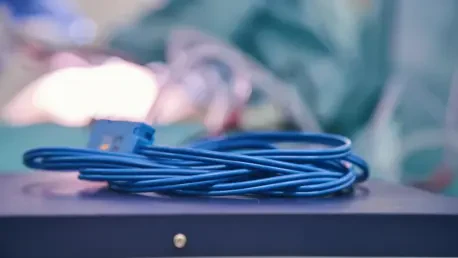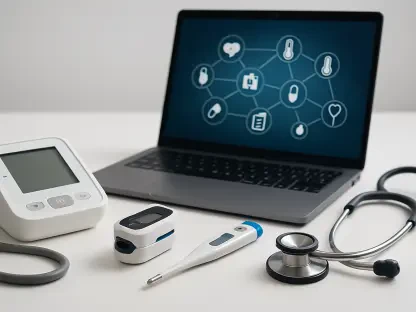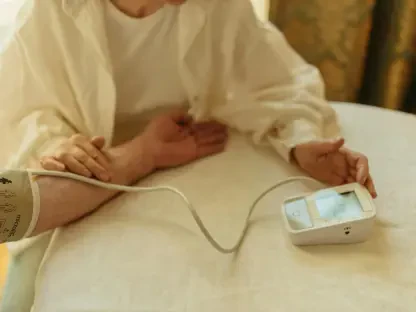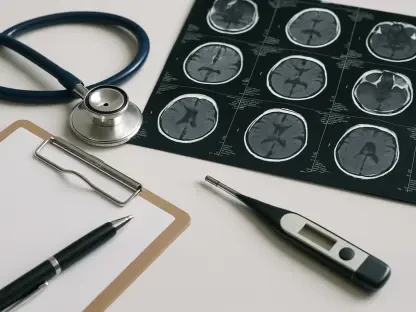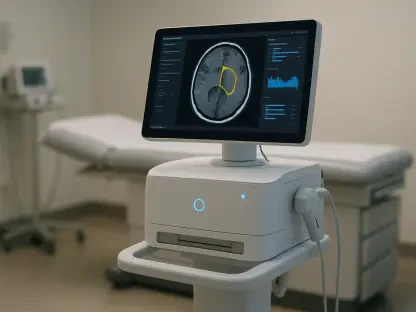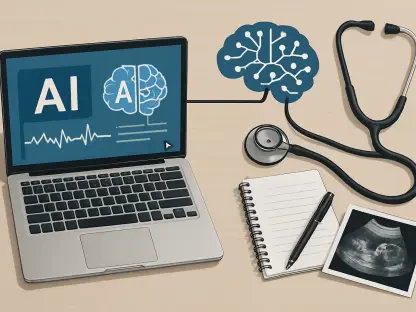In the rapidly evolving landscape of healthcare, the demand for reliable, high-performance medical grade cables has surged, positioning the market for substantial growth over the coming years. As technological innovations, such as telemedicine and device miniaturization, continue to drive advancements in healthcare delivery, these specialized cables are becoming increasingly integral. Originally valued at USD 11.83 billion in 2024, the global medical grade cable market is on a steady trajectory, forecasted to reach a valuation of $17.7 billion by 2032. This growth is set against a backdrop of transformative changes in the healthcare sector, including the integration of advanced diagnostic tools and telehealth solutions, which require robust cable systems for optimal functionality.
Market Drivers and Trends
Key drivers of the medical grade cable market include a surge in telehealth adoption and the miniaturization of medical devices. The healthcare sector is witnessing an unprecedented shift, with more services being delivered remotely via telemedicine, a trend accelerated by recent global health crises. High-performance cables are essential for ensuring low-latency and high-fidelity signal transmission, crucial for telehealth’s success. Additionally, the trend towards smaller, more portable medical devices is fueling demand for flexible, biocompatible cables that can maintain their integrity while adapting to compact configurations. As global healthcare infrastructures expand, especially in developing regions, the market for medical grade cables is set to benefit from increased adoption rates.
Simultaneously, market trends are showcasing significant innovations. The use of hybrid cable assemblies is gaining traction, allowing for the integration of multiple functionalities, such as power, signal, and fluidic lines, into one cohesive unit. This optimizes space and enhances workflow efficiency in complex medical systems. The focus on biocompatibility and the ability to withstand rigorous sterilization processes is pushing manufacturers towards materials such as silicone and thermoplastic elastomers. Furthermore, as healthcare becomes increasingly data-driven, the need for shielded, high-speed cables to minimize electromagnetic interference is growing. Trends also indicate a heightened emphasis on creating cables that adhere to strict safety standards, particularly in terms of fire resistance and environmental impact.
Regional Market Insights
The medical grade cable market is marked by regional variations, with distinct growth patterns observed across the globe. North America remains at the forefront, driven by a robust healthcare infrastructure and an early adopter mentality towards telehealth and remote diagnostics. The United States, as a significant contributor, leads innovation efforts and regulatory advancements, backing them up with substantial research and development budgets. Europe follows closely, with countries like Germany, the UK, and France advancing diagnostic technologies and robotic surgeries. This is supported by strict regulatory frameworks that ensure the highest safety standards in medical applications.
The Asia-Pacific region is emerging as a pivotal market, characterized by rapid growth due to rising healthcare expenditure, digital transformation, and a burgeoning medical tourism industry. Countries like China, Japan, and India are pivotal in expanding their healthcare frameworks to meet a rising demand for better and more accessible services. This growth is fueled by government initiatives and investments in healthcare technology, alongside an increasing focus on improving healthcare outcomes. Latin America and the Middle East & Africa are also witnessing improvements in healthcare infrastructure, with potential for significant market expansion as these regions embrace modern medical technologies and practices.
Challenges and Opportunities
The path forward for the medical grade cable market is not without its challenges. High costs associated with developing high-performance cable systems pose a significant barrier, particularly in price-sensitive regions. These financial constraints can limit market penetration and affect the widespread adoption of advanced cable technologies. Additionally, navigating a complex and geographically diverse regulatory landscape presents ongoing challenges to manufacturers, which can impact consistency and drive up overall costs. Supply chain disruptions and raw material shortages pose further obstacles, often hindering production timelines and limiting the availability of specialized materials necessary for cable manufacturing.
Despite these challenges, the market is ripe with opportunities. The integration of AI-powered diagnostics and robotic surgeries opens new avenues for the development of customized, high-bandwidth cables necessary for these cutting-edge applications. Additionally, as healthcare shifts towards home-based and portable solutions, there is increasing demand for lightweight, durable cables that can function effectively outside traditional clinical settings. Eco-friendly innovations also present an opportunity for growth as environmental regulations tighten and demand for sustainable products rises. Strategic collaborations between device manufacturers and cable producers could streamline the development process and foster technological advancements in this sector.
Future Perspectives
In the ever-changing realm of healthcare, there’s a growing demand for dependable, high-quality medical grade cables, paving the way for significant market expansion in the upcoming years. As cutting-edge technologies, like telemedicine and device miniaturization, continue to propel healthcare delivery forward, these specialized cables are becoming crucial components. With a valuation starting at USD 11.83 billion in 2024, the global medical grade cable market is anticipated to experience steady growth, with projections reaching $17.7 billion by 2032. This progression takes place during a time of transformative shifts in the healthcare sector, marked by the incorporation of sophisticated diagnostic tools and telehealth solutions. These advancements necessitate robust cable systems to ensure optimal functionality and support the increasing complexity of healthcare operations. As healthcare systems worldwide strive for efficiency and effectiveness, medical grade cables play a vital role in maintaining reliable connections and facilitating seamless communication. Their importance will only increase as healthcare continues to evolve, highlighting the urgent need for ongoing investment and innovation in this sector.
